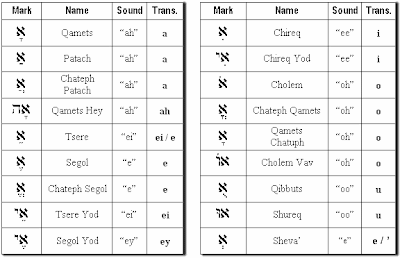Phonology.... Vowels
Main article: English phonology
Vowels
See also: IPA chart for English dialects
It is the vowels that differ most from region to region. Length is not phonemic in most varieties of North American English.
| Description | word | |
| monophthongs | ||
| iː | Close front unrounded vowel | bead |
| ɪ | Near-close near-front unrounded vowel | bid |
| ɛ | Open-mid front unrounded vowel | bed |
| æ | Near-open front unrounded vowel | bad |
| ɒ | Open back rounded vowel | box |
| ɔː | pawed | |
| ɑː | Open back unrounded vowel | bra |
| ʊ | Near-close near-back vowel | good |
| uː | Close back rounded vowel | booed |
| ʌ | Open-mid back unrounded vowel,near-open central vowel[vn 6] | bud. |
| ɜr | Open-mid central unrounded vowel | bird |
| ə | Schwa | |
| ɨ | Close central unrounded vowel | roses |
| diphthongs | ||
| eɪ | Close-mid front unrounded vowel- Close front unrounded vowel | bayed |
| oʊ | Close-mid back rounded vowel- Near-close near-back vowel | bode |
| aɪ | Open front unrounded vowel Near-close near-front unrounded vowel | cry This is near-universal in Canada, and most non-Southern American English dialects also have undergone the shift, and among the more educated classes, it is considered normal; in the 2008 presidential election, both candidates as well as their vice-presidents all used [ʌɪ] for the word "right".[citation needed] |
| aʊ | Open front unrounded vowel Near-close near-back vowel | cow |
| ɔɪ | Open-mid back rounded vowel Close front unrounded vowel | boy |
| ʊər | Near-close near-back vowel Schwa | boor |
| ɛər | Open-mid front unrounded vowel Schwa | fair |
Notes
1. ^ In RP, this is closer to [e]
2. ^ In younger speakers of RP, this is closer to [a]
3. ^ Many American English dialects lack this sound; in such dialects, words with this sound elsewhere are pronounced with /ɑː/ or /ɔː/. See Lot-cloth split.
4. ^ Some dialects of North American English do not have this vowel. See Cot-caught merger.
5. ^ The letter <U> can represent either /uː/ or the iotated vowel /juː/. In BRP, if this iotated vowel /juː/ occurs after /t/, /d/, /s/ or /z/, it often triggers palatalisation of the preceding consonant, turning it to [t͡ɕ], [d͡ʑ], [ɕ] and [ʑ] respectively, as in tune, during, sugar, and azure. In American English, palatalisation does not generally happen unless the /juː/ is followed by r, with the result that /(t, d, s, z)juːr/ turn to [tʃər], [dʒər], [ʃər] and [ʒər] respectively, as in nature, verdure, sure, and treasure.
6. ^ The back-vowel symbol ʌ is conventional for this English central vowel. It is actually generally closer to a [ɐ] In the northern half of England
7. ^ The North American variation of this sound is a rhotic vowel [ɝ], the RP version a long central vowel [ɜː].
8. ^ a b Some speakers of North American English do not distinguish between these two unstressed vowels, pronounce the second vowel of roses as ɪ̈ rather than ɨ, which falls in between the two. schwa /ə/.
9. ^ This sound is often transcribed with /ə/ or with /ɪ/.
10. ^ a b The diphthongs /eɪ/ and /oʊ/ are monophthongal [eː] and [oː] in many dialects, including General American, Scottish, Irish and Northern English.
11. ^ In RP and parts of North America , this is closer to [əʊ]. As a reduced vowel, it may become [ɵ] ([ɵʊ] before another vowel) or [ə], depending on accent.
12. ^ In parts of North America /aɪ/ is pronounced [ʌɪ] before voiceless consonants, so that writer and rider and distinguished by their vowels, [ˈɹʌɪɾɚ, ˈɹaɪɾɚ], rather than their consonants.
13. ^ In Canada
14. ^ In many accents, this sound is coming to be pronounced [ɔː(r)] rather than [ʊə(r)]. See English-language vowel changes before historic r.
15. ^ In some non-rhotic accents, the schwa offglide of /ɛə/ may be dropped, monophthising and lengthening the sound to [ɛː].
SOME HELPING SKETCH








